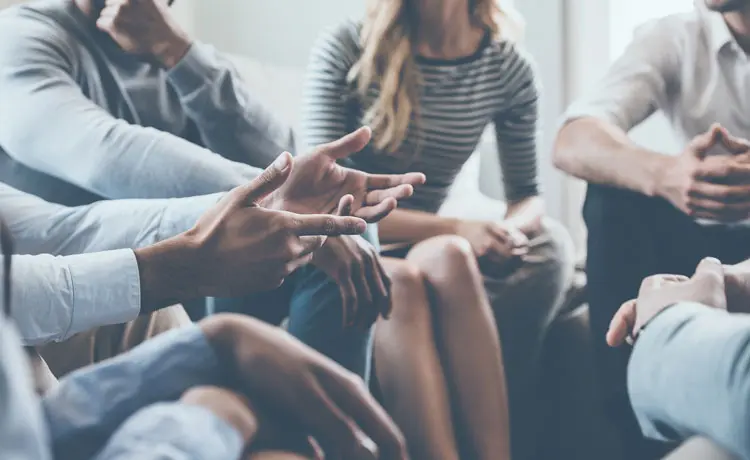Drug addiction is a complex illness – it is painful for the person with the substance use disorder, and it is also heartbreaking for family and friends to watch their loved one suffer. September is National Drug and Alcohol Recovery Month: Make sure your community understands what drug addiction is, how to prevent it and how to reach out for support.
Some Startling Statistics
According to the Substance Abuse and Mental Health Services Administration (SAMHSA), around 21.5 million Americans 12 years or older (8.1%) were considered to have a substance abuse disorder in 2014. And, of those Americans:
- 6 million had problems with both alcohol and drugs.
- 5 million had problems with drugs but not alcohol.
- 4 million had problems with alcohol only.
Unsettling enough, a huge proportion of abused substances are, in fact, legal – and chances are that they are sitting in citizens’ households: prescription and over-the-counter drugs. The National Institute on Drug Abuse (NIDA) states that, after marijuana and alcohol, these are the most commonly abused substances by Americans 14 years and older.
The Opioid Epidemic
Opioids are strong pain relievers. They can be prescribed by a doctor (oxycodone, hydrocodone, fentanyl, methadone) or illegal altogether (heroin). The Centers for Disease Control and Prevention (CDC) found that:
- Today, almost half of all U.S. opioid overdose deaths involve a prescription opioid.
- Over 15,000 people died from overdoses involving prescription opioids in 2015.
As if that wasn’t enough, get this: Over 1,000 people are treated in emergency for opioid prescription misuse every day (SAMHSA).
How Can I Help My Community?
In fighting the opioid epidemic, you can encourage your community to:
- Get help immediately if they’re having a hard time controlling their opioid use by calling SAMHSA’s National Helpline at: 1-800-662-HELP
- Ensure that they understand their medication guidelines and to speak to their doctor if they do not. They can also visit the Food and Drug Administration’s website for more information on drug safety and medication guides.
- Make sure to store prescription opioids (and all other medications) in a safe, secure place that is out of reach of children, family, friends and visitors.
- Dispose of medications properly as soon as the course of treatment is done.
- Consider non-opioid options for pain care and management. Citizens can also explore complementary and alternative medicine options with their doctor.
Teaching your community how to take care of themselves and how to reach out for support are paramount to their health and safety. Making sure they have the information they need at their fingertips is a helpful way to increase education on drug addiction and its effects, and address treatment options. Our Drug Awareness pocket guide, among many others, is a useful tool to offer them.
Coming Together to Recover Together
There’s strength in numbers. Coming together and offering support to those directly or indirectly affected by substance abuse is a sure way to improve communication and promote healing in the community. Another key component is increasing sensitivity, especially with the language we use, towards this topic. Despite how drug addiction is an illness – not a choice and not about self-discipline – stigma still remains in our society. Drug addiction is not recognized by most for what it is: a disease. Words like “addict” and “junkie” alienate those struggling with a substance use disorder, which in turn fuels false stereotypes and dismisses the prompt and full attention that those suffering need and deserve. For more information on various health and drug safety products available to purchase for your community, browse the QuickSeries® library of guides, including Drug Awareness and Life with Chronic Pain
